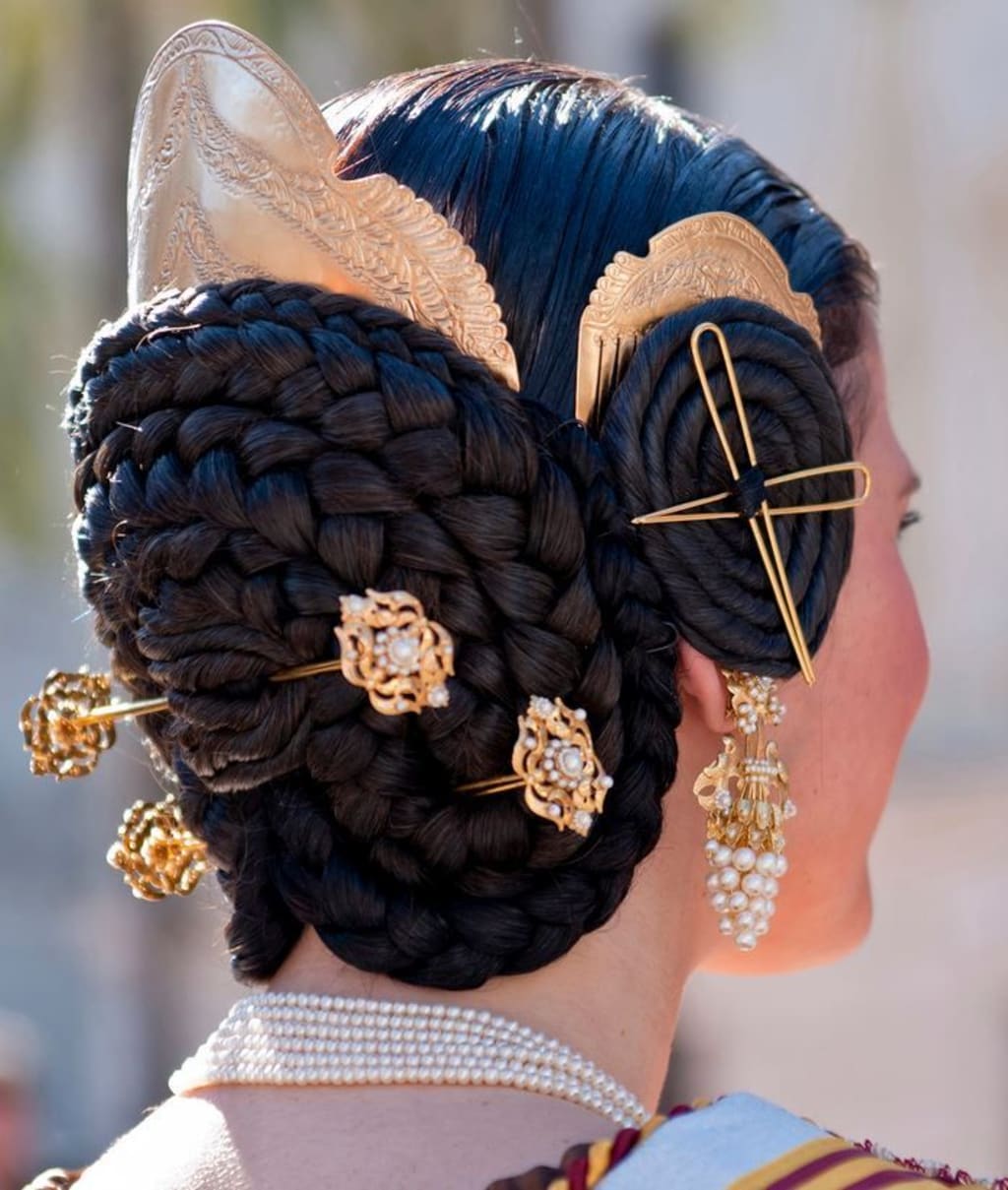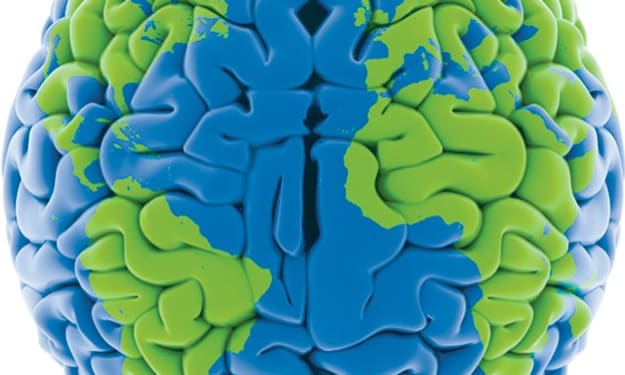Hair and hairstyles
a cultural and historical perspective

Hair and hairstyles have played an important role in human culture and history for thousands of years. From ancient civilizations to modern times, hairstyles have been used to signify everything from social status and wealth to rebellion and individuality. In this article, we will explore the cultural and historical significance of hair and hairstyles, and how they have evolved over time.
Throughout history, hair has been an important symbol of power and prestige. In ancient Egypt, for example, hairstyles were used to signify social status and wealth. Wealthy Egyptians would wear elaborate wigs made from human hair, while those who could not afford wigs would wear their hair short or shaved. In ancient Rome, long hair was a symbol of masculinity and virility, and men would often wear their hair long and flowing. Women, on the other hand, would often wear their hair up in elaborate styles adorned with jewelry and other accessories.
In many cultures, hair has also been used to signify religious devotion. For example, in Hinduism, followers of the god Shiva often shave their heads as a symbol of devotion. In Buddhism, monks shave their heads as a symbol of their commitment to a spiritual life.
Throughout history, hairstyles have also been used to express rebellion and individuality. In the 1950s, for example, the "greaser" hairstyle became popular among rebellious teenagers who rejected mainstream culture. In the 1960s, the long hair and beards of the hippie movement became a symbol of peace and anti-establishment sentiment.
Hair and hairstyles have also been used to express political and social views. In the 1970s, the afro became a symbol of black pride and resistance to racial oppression. In the 1980s, the punk movement popularized wild, unconventional hairstyles and hair colors as a way to express rebellion against mainstream society.
In modern times, hairstyles continue to play an important role in culture and society. From the sleek and professional hairstyles of businesspeople to the colorful and creative hairstyles of musicians and artists, hairstyles continue to express our individuality and sense of style.
In addition to their cultural and historical significance, hair and hairstyles also have important scientific and medical implications. Hair is made up of a protein called keratin, which protects the scalp from UV radiation and other environmental factors. Hair also helps to regulate body temperature by insulating the scalp and preventing heat loss.
However, hair can also be a source of health problems. Conditions such as dandruff, lice, and scalp infections can all affect the health of the hair and scalp. In addition, certain hairstyles, such as tight braids or weaves, can cause traction alopecia, a condition in which hair is pulled out of the scalp, leading to baldness and scarring.
In conclusion, hair and hairstyles have played an important role in human culture and history for thousands of years. From ancient civilizations to modern times, hairstyles have been used to signify social status, religious devotion, rebellion, and individuality. As our understanding of the cultural, historical, and scientific significance of hair and hairstyles continues to evolve, we can expect to see new and innovative ways in which hair will continue to shape our culture and society.
One of the most interesting aspects of hair and hairstyles is how they have evolved over time. In the 1920s, for example, short hairstyles became popular among women as a way to express their newfound freedom and independence. The "flapper" hairstyle, with its short, bobbed hair and straight, boyish look, became a symbol of the new era of social and cultural change.
In the 1950s, hairstyles became more feminine and glamorous, with women wearing their hair in curls and waves, often adorned with ribbons and other accessories. In the 1960s, the "beehive" hairstyle became popular, with women piling their hair high on top of their heads in a towering mass of curls and teasing.
The 1970s saw the emergence of the "shag" hairstyle, with its layered, tousled look, while the 1980s saw the rise of the "mullet," a style characterized by short hair on top and long hair in the back.
In recent years, hairstyles have become even more diverse and eclectic, with a wide range of styles and trends to choose from. From the sleek and sophisticated look of the "lob" (long bob) to the colorful and creative hairstyles of the "unicorn hair" trend, there is no shortage of options when it comes to expressing our individuality and sense of style through our hair.
In addition to their cultural and historical significance, hairstyles also have important implications in marketing and advertising. Hair care products and styling tools are a multi-billion dollar industry, with companies competing to create innovative products and capitalize on the latest trends.
However, there are also potential downsides to the beauty industry's focus on hair and hairstyles. Some critics argue that the industry creates unrealistic beauty standards that can lead to body dissatisfaction and low self-esteem, particularly among young people. In addition, there are concerns about the use of harmful chemicals in hair care products, such as sulfates and parabens, which have been linked to health problems.
Overall, hair and hairstyles are a fascinating and complex topic with a rich cultural and historical significance. From ancient civilizations to modern times, hairstyles have been used to signify social status, religious devotion, rebellion, and individuality. As our understanding of the science behind hair and hairstyles continues to evolve, we can expect to see new and innovative ways in which they will continue to shape our culture and society.





Comments
There are no comments for this story
Be the first to respond and start the conversation.